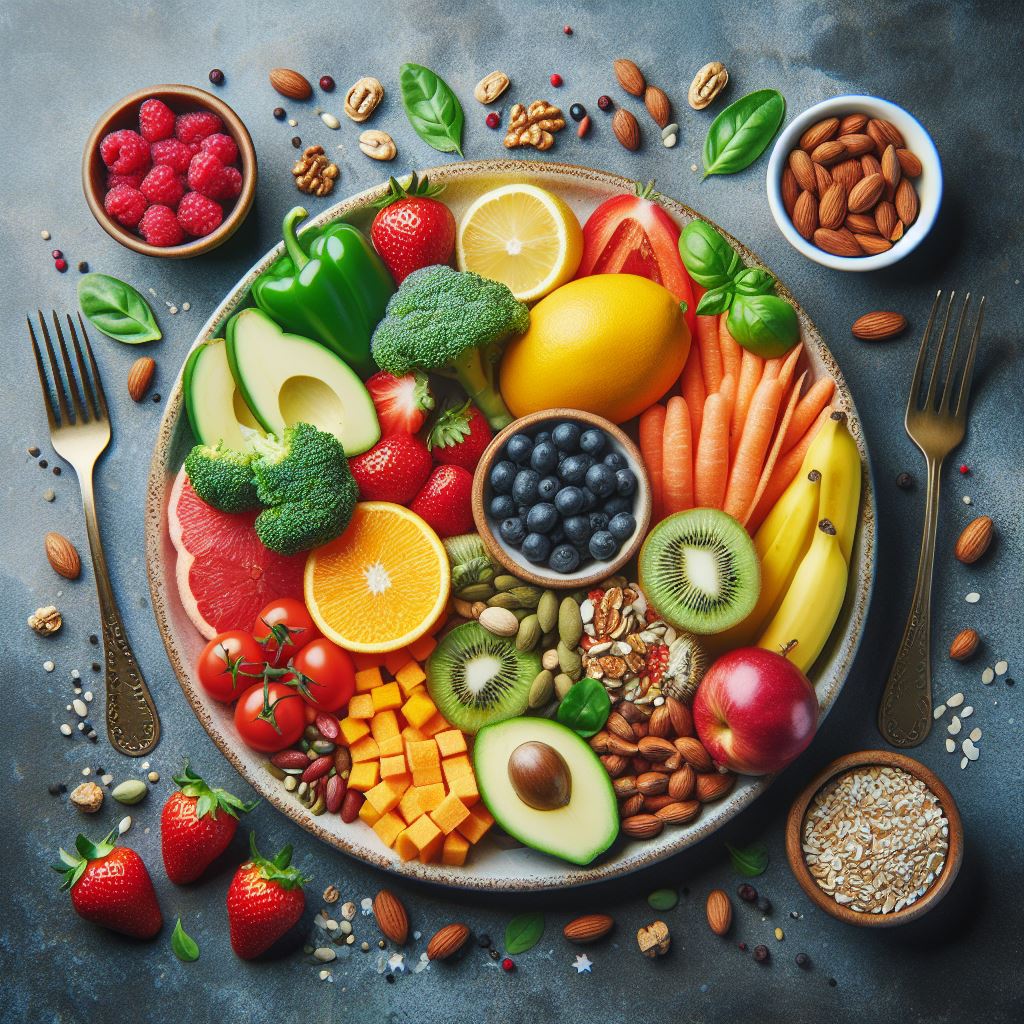It may seem paradoxical that people need to eat more fat. But in many densely populated areas of the world, it is common to have too little fat in the diet. Fats are essential to good health, but much of the fat we eat comes from animal foods, which have a major environmental impact.
Researchers from SLU and KI report the first study in which global fat consumption patterns were examined from a sustainability and health perspective. The important goal was to see if we would need to increase world fat production, and what strategy would be better in this case.
Many people eat less fat
The study showed that fat consumption is below the recommended level in many densely populated areas of the world. It has a negative impact on the nutritional status of the population, and contributes to an insufficient calorie supply and nutritional deficiency in terms of fat-soluble vitamins and essential fatty acids. On the other hand, some regions consume more fat than current global recommendations call for, although it is unclear whether this has any negative health effects.
Fats have many important functions in the human body, for example as structural units in membranes, as energy stores, and as a precursor to metabolic compounds involved in immune responses. There is a lot we do not yet know about the health effects of different types of fats and there is an urgent need to clarify this. Several new studies seem to confirm the hypothesis that not all saturated fats have the same effect on health, says Federica Laguzzi, a KI researcher and co-author of the study.
At least 45 million tons of fat are needed
According to the researchers’ calculations, an additional 45 million tons of fat is needed for fat-deficient areas to be able to reach the recommended amount of fat in the diet. As the world population increases, more fat will be required (about 110 million tons by 2050) and even more if efforts are made to achieve fat consumption called for, for example, the new Nordic Nutrition recommendations or in eat lancetReport.
More ways to get more fat
There are several options for increasing the fat supply, but not all methods are equally desirable. For example, increased production of pork and dairy products – the two largest sources of fat globally – will have a significant environmental impact. On the other hand, it is possible to increase people’s consumption of lard and tallow, since much of what is produced today is used in non-food, or even discarded, although fats may have certain health benefits compared to, for example, Butter.
Vegetable fats are also a problem
Increased production of vegetable fats also poses challenges. For example, production of soybeans and palm oil has historically meant deforestation.
Strong protection of the remaining rainforests is of paramount importance, says Bojana Bagzilig, a postdoctoral fellow at SLU and lead author of the article. Then, palm oil production can be increased by increasing yields on existing plantations. There is still a lot of potential out there.
Rapeseed is easily damaged
In temperate climates, rapeseed oil appears to be the strongest candidate for supplying healthy fats. However, rapeseed should not be planted more often than every five to seven years in a crop rotation to prevent the spread of diseases and pests, which limits the amount of rapeseed oil that can be produced.
According to the researchers, what could make the biggest contribution to increasing the supply of dietary fat is the use of large amounts of edible oils that are currently used in non-food.
“Unfortunately, it is difficult even to estimate how much of these oils are used in non-food,” says Elaine Ross, a senior lecturer at SLU. We found significant differences in the available statistics. According to the US Department of Agriculture, it is about 50 million tons, while it is about 90 million tons, according to the Food and Agriculture Organization of the United Nations. This highlights how little interest in this topic has been so far.
Microorganism oil
In the article, the researchers also addressed microbial oils as an exciting source of lipids in the future. Some microorganisms can accumulate large amounts of oil – up to 70 percent of biomass – and have a fatty acid composition similar to that of vegetable oils.
The conversion of leftover products such as straw, wood chips and sawdust into valuable oil with the help of fat storage yeast, for example, has been tested at SLU, says Elin Röös. However, production cost and consumer acceptance will be of great importance for the future of microbial oils.
Scientific material:
The role of fats in the transition to sustainable diets. Lancet Planet Health.
Call:
Bojana Bagzilig, Postdoctoral Fellow, Department of Energy and Technology
Swedish University of Agricultural Sciences, Uppsala, [email protected], Elin Ross, Senior Lecturer, Department of Energy and Technology, Swedish University of Agricultural Sciences, Uppsala, [email protected]

“Extreme tv maven. Beer fanatic. Friendly bacon fan. Communicator. Wannabe travel expert.”







More Stories
When healthy eating and exercise become an obsession
Digital cognitive therapy helps get rid of disturbing blocked thoughts
Karolinska University Hospital is the first in the Nordic countries to offer a new technique for interventions in cases of leaky heart valves